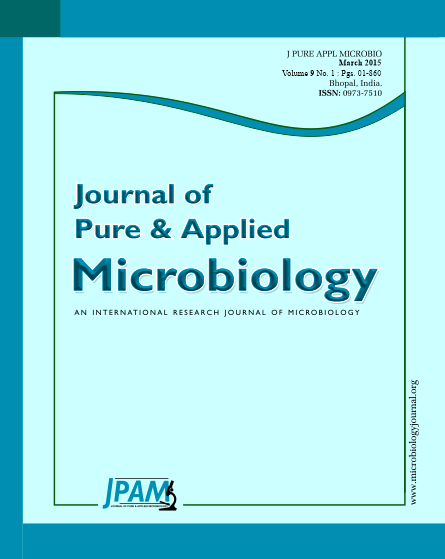An environmental biofilm can be defined as a surface-attached microbial community growing embedded in a self-produced matrix of extracellular polymeric substances. Since biofilm producing bacteria are resistant to conventional therapy, there has been an increased interest in the valuable properties of medicinal plants and natural compounds which have been established to possess antibiofilm activities. The present study analyses the effectiveness of different bioactive compounds from Indian medicinal plant extracts and seaweeds in inhibiting the formation of these biofilms. Phytochemical analysis of plant samples was performed in order to identify the phyto-constituents responsible for antibacterial activity. Antibacterial activity of plant extracts were estimated by measuring the zone of inhibition produced. The results of antimicrobial study indicated that the extracts of the common plants Cadaba fruticosa, Cassia alata, Terminalia chebula, Acalypha indica and medicinal plants Cuminum cyminum, Murraya koenigii and Mentha longifolia possessed significant ability to inhibit the biofilm formation by five of the eight isolated strains. The molecular characterisation of the biofilm forming bacteria was performed and the 16S rRNA sequences were submitted to the GenBank. These results will be useful for the prevention of biofilm formation in the environment, thereby minimizing the environmental impact of persistent chemicals.
Environmental biofilms, Inhibition, 16S rRNA, BLAST, Phylogenetic analysis
© The Author(s) 2015. Open Access. This article is distributed under the terms of the Creative Commons Attribution 4.0 International License which permits unrestricted use, sharing, distribution, and reproduction in any medium, provided you give appropriate credit to the original author(s) and the source, provide a link to the Creative Commons license, and indicate if changes were made.


